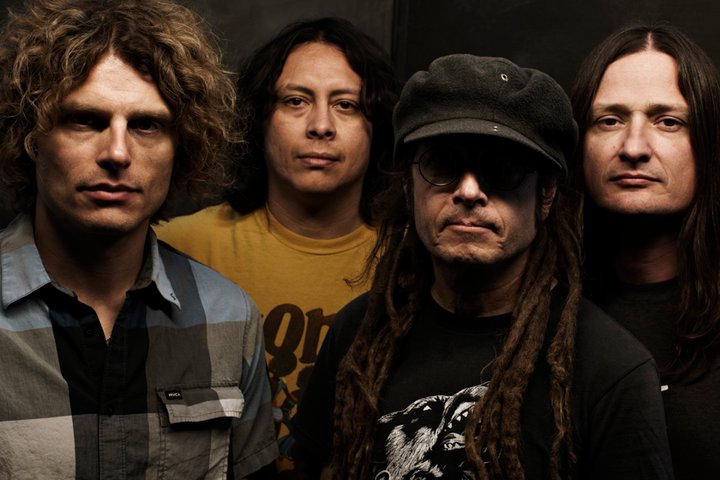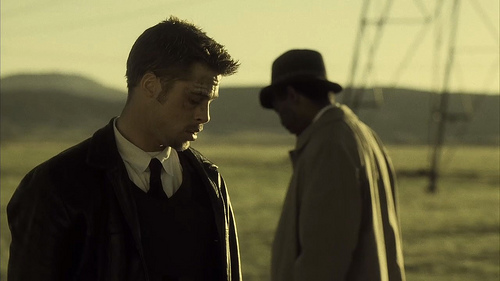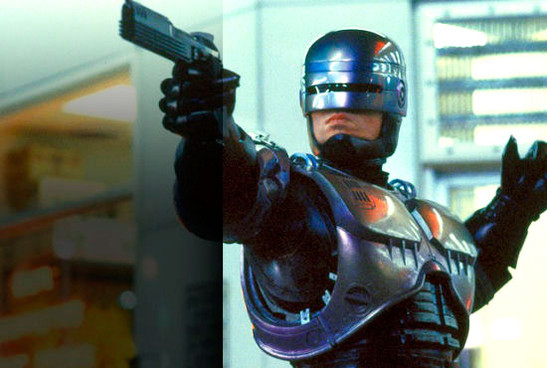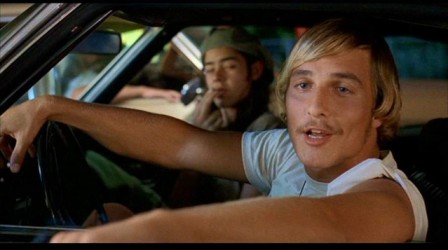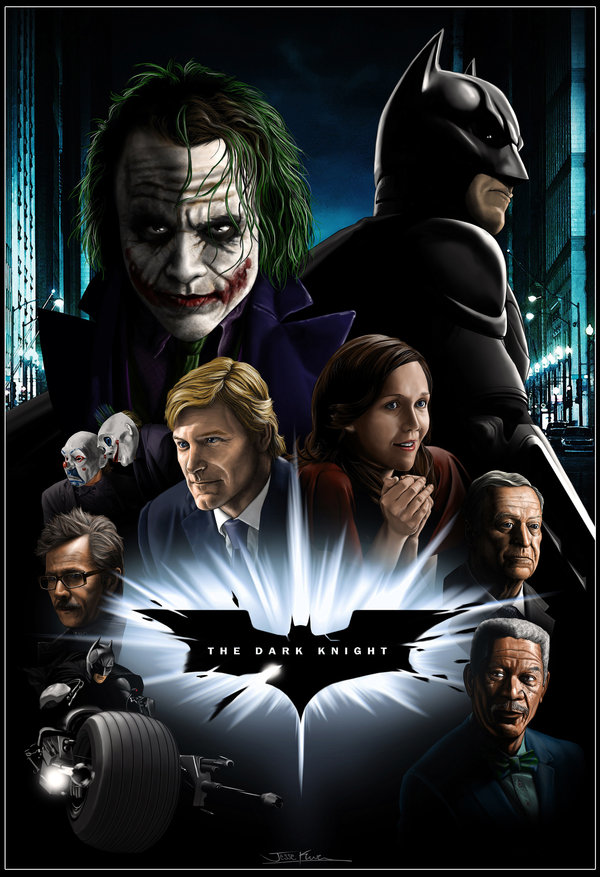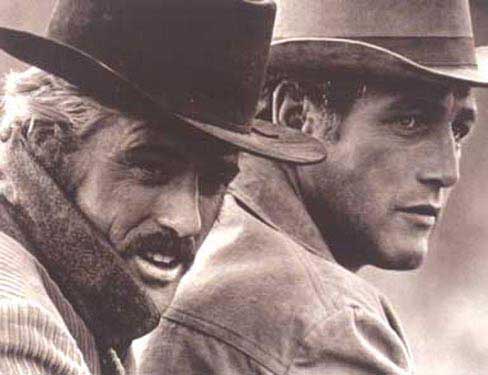Attending the 2011 S.C.E.N.E music festival has opened my eyes to a stark reality-I simply do not fit in with modern day youth culture.
As I scurried amongst the thousands of others in downtown St. Catharines on Sunday afternoon, I was quick to realize that I was the odd man out. Heavily surrounded by a population greatly enamored with tattoos, piercings, mohawks, sideways baseball caps, and skinny jeans, I totally felt out of place with my Noel Gallagher t-shirt and Puma sneakers.
Normally a conservative city, St. Catharines was overrun by a youth movement no longer interested in my membership services.
However, my ostracized self aside, I have to admit that I was extremely impressed with the vibrancy of the downtown core. From the very first moment of my arrival, the city was brimming with an energetic exuberance rarely encountered in an area largely dedicated to retirees.
The most crucial aspect of my day was to be the musical choices I was going to have to make. With over 160 bands performing, it was of the upmost importance that I choose my destinations wisely.
A band I had missed last week in Toronto at NXNE, PKEW PKEW PKEW (gunshots), was playing an early gig at the Merchant Ale House so it was quickly decided that this would be my first stop of the day.
Arriving at the venue early to enjoy a frothy beverage, I happened to stumble upon the final 15 minutes of the Flash Lightnin’ show, and was instantaneously blown away. Mixing knee-buckling guitar solos with pounding, rhythmic drums, I couldn’t help but think that it was a huge mistake to have booked these guys so early in the day.
Not to mention that within mere moments of my festival arrival, I had already made a crucial mistake of missing half of this show. I would have to wise up.
Following the PKEW PKEW PKEW (gunshots) show (bubbly and energetic pop rock), I moved onto Rockford’s House of Rock where Buffalo, NY’s The Bunny The Bear were performing. Specializing in experimental hardcore metal, this show opened my eyes to the sonic diversity present at this year’s festival.
Loud and abrasive growls/vocals by two singers (one wearing a bunny mask, the other wearing a bear mask-get it?), the show’s atmosphere was intense to say the least.
In fact, this type of hardcore musicality appeared to be the theme of this year’s event. No matter what time of the day it was, the city was repeatedly overpowered by the echoing presence of thrashing guitars, booming drums and vocals possessed by hellacious fury. Some of the other bands I happened to catch also embraced this wholeheartedly (Abandon All Ships, Black Lungs, Silverstein, This is Hell).
This angered aggression actually reached a boiling point during the Twitching Tongues (3 p.m.!) performance at The Mansion House. Hailing from Los Angeles, the metal rockers were involved in a brawl during their set that actually navigated its way out of the bar and onto the street-a participant actually had his head bounced off of a parking meter. Apparently beginning as a result of a band member shoving a bouncer, the fight snowballed into an all-out war containing as many as 25-30 people (band members, concert-goers, bouncers and police). When it was all said and done, the bar was shut down for the rest of the day resulting in many of the bands having to reschedule somewhere else (if they could find an open time slot).
It’s interesting to note that one of my earlier concerns was that nothing intriguing would occur throughout the day. I’m relieved that that fear was undermined within the first three hours of the festival.
As the day went on, things began to simmer out and music once again became a priority. Possibly the best show of the day belonged to Die Mannequin, who masterfully controlled the crowd with a set filled with driving and forceful attitude. Closing with Michael Jackson’s “Beat It”, and injecting it with a raw grunginess only helped to further solidify an already stellar appearance.
In an attempt to match this intensity was USS’s headlining performance on the main stage at The Market Square. Mixing elements of electronica and rock, the band consistently offered up one of the most entertaining yet enigmatic performances you will ever witness. Whether they are discussing elements of science, blending up orange juice and drinking it on stage, or covering Outkast’s “Hey Ya” (all performed Sunday night), their shows rarely disappoint.
For me personally, it was a great way to end a day fully devoted to the significance of music.
It’s always a pleasure to check out bands in their unbridled infancy-uninhibited and free from corporate manipulation. Festivals like S.C.E.N.E. and NXNE are perfect platforms to witness a band true to itself. Without compromise, it’s a fresh and invigorating treat time and time again.
Even if I don’t necessarily fit in.


